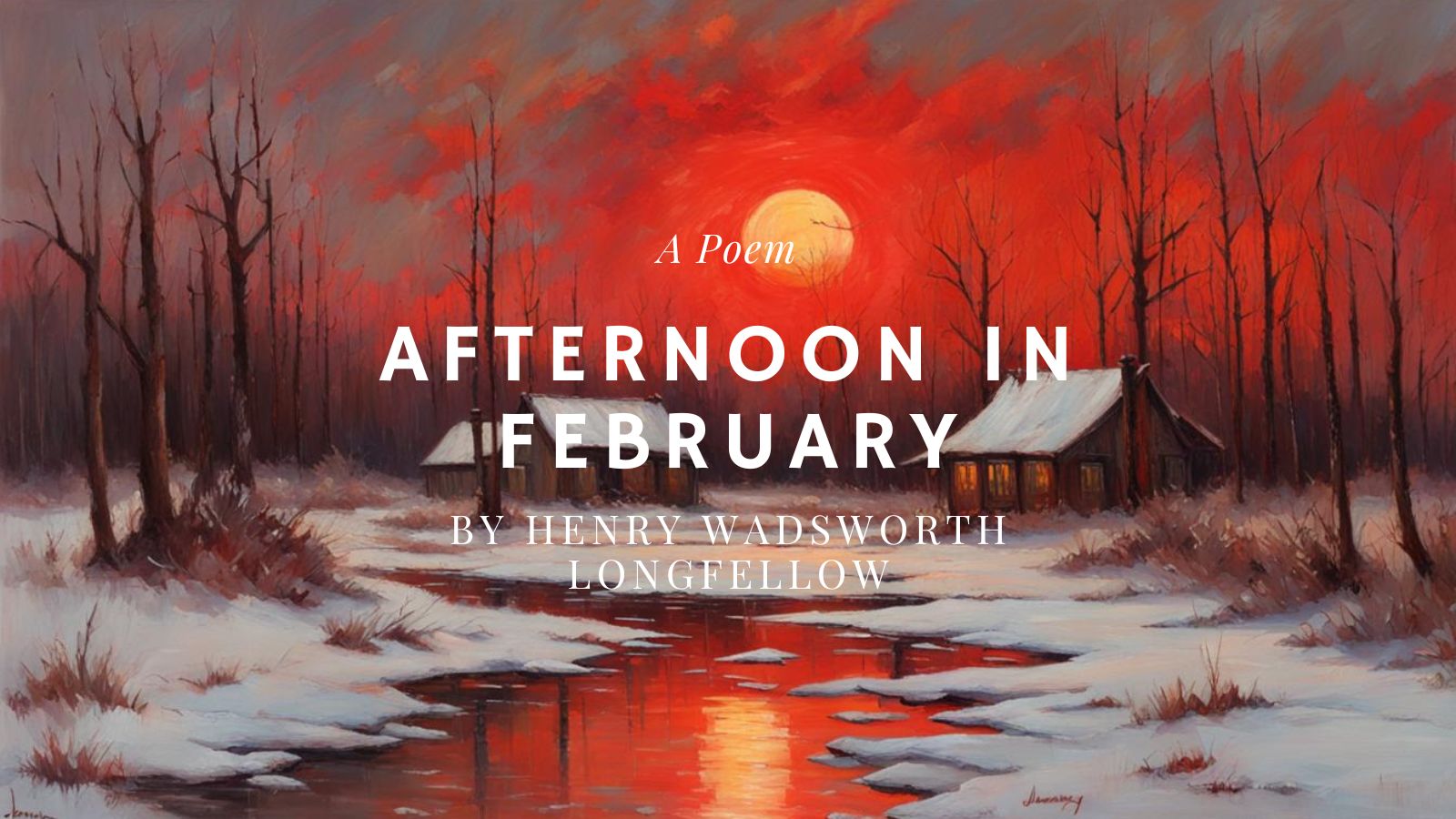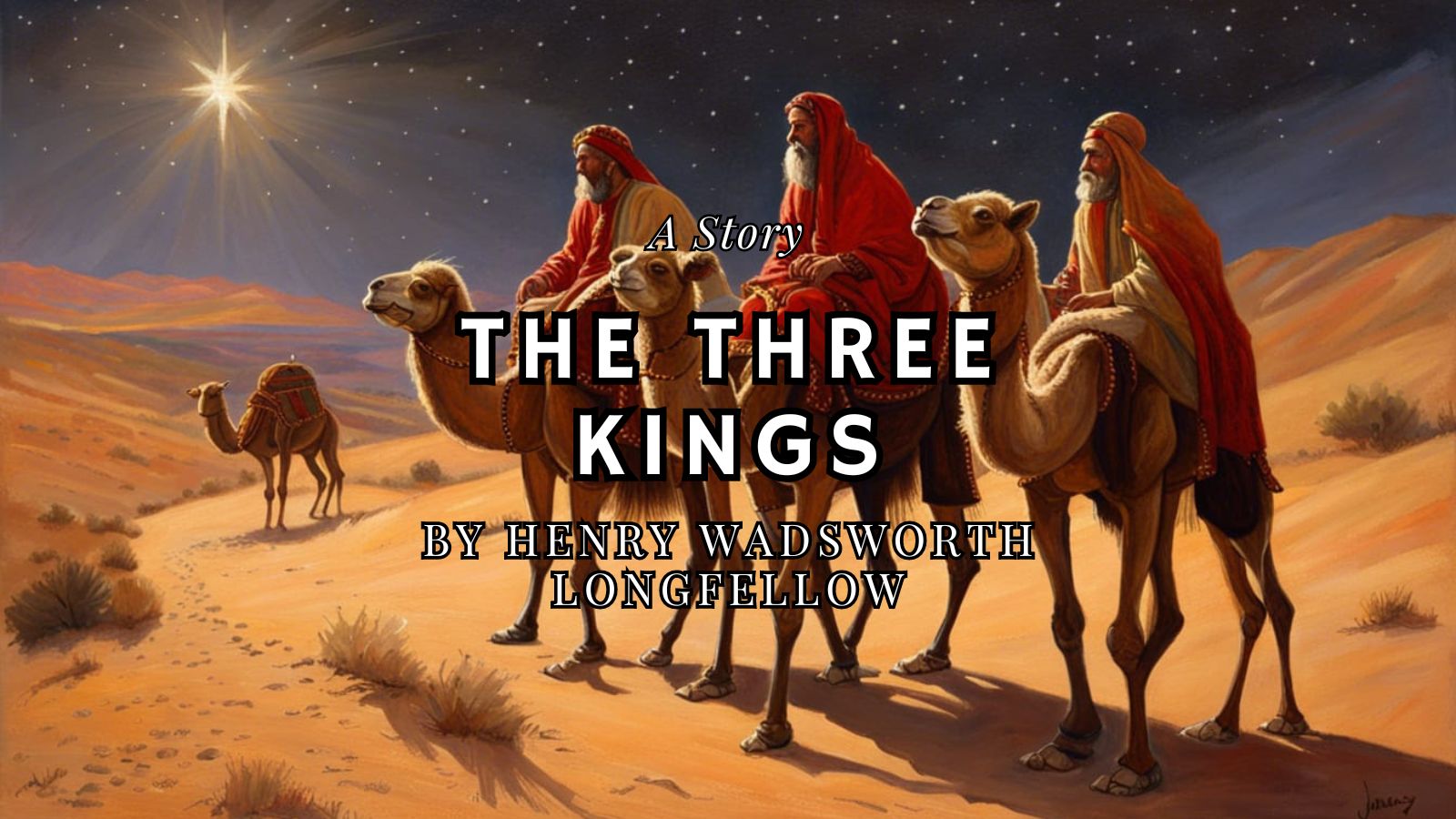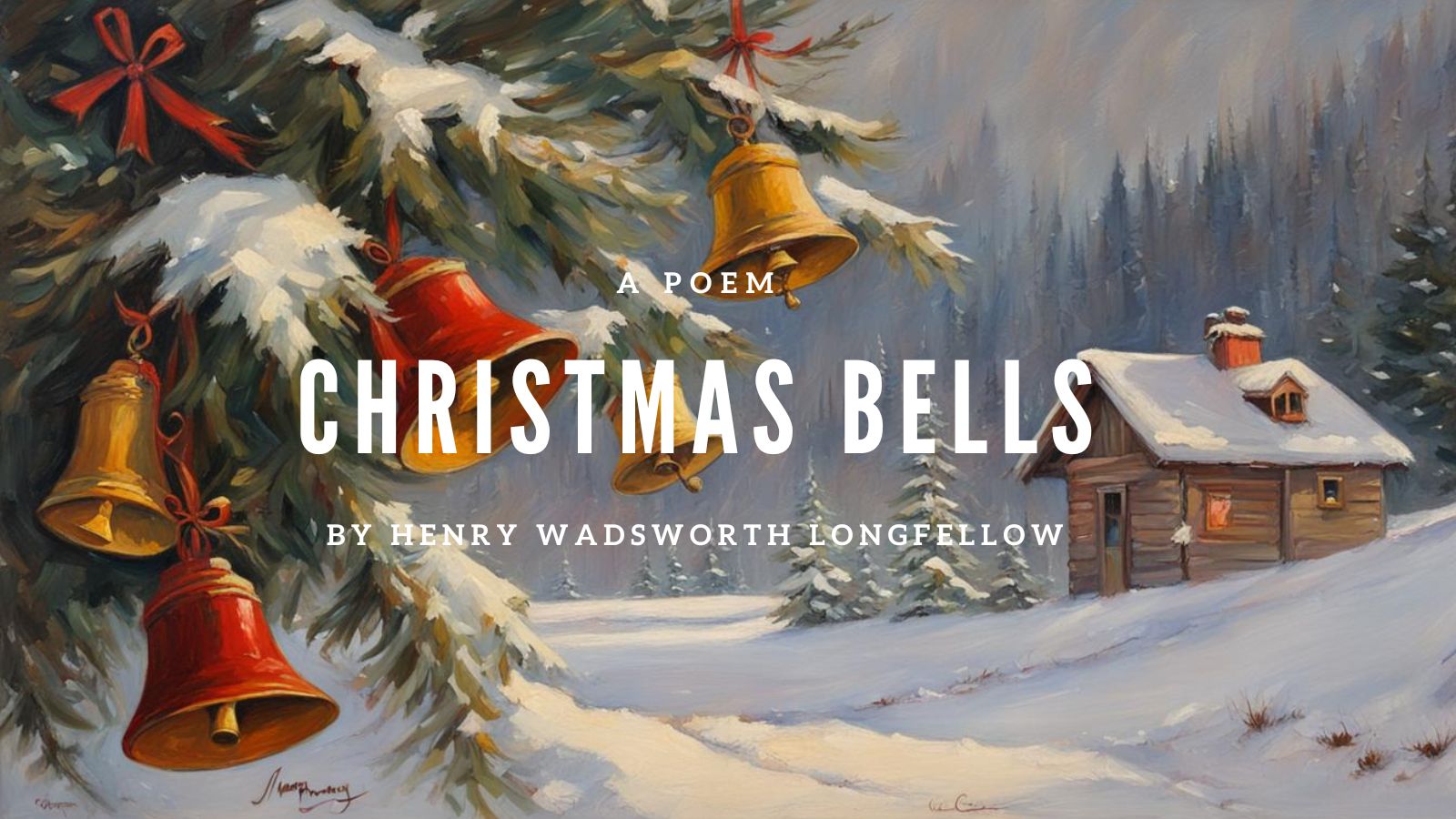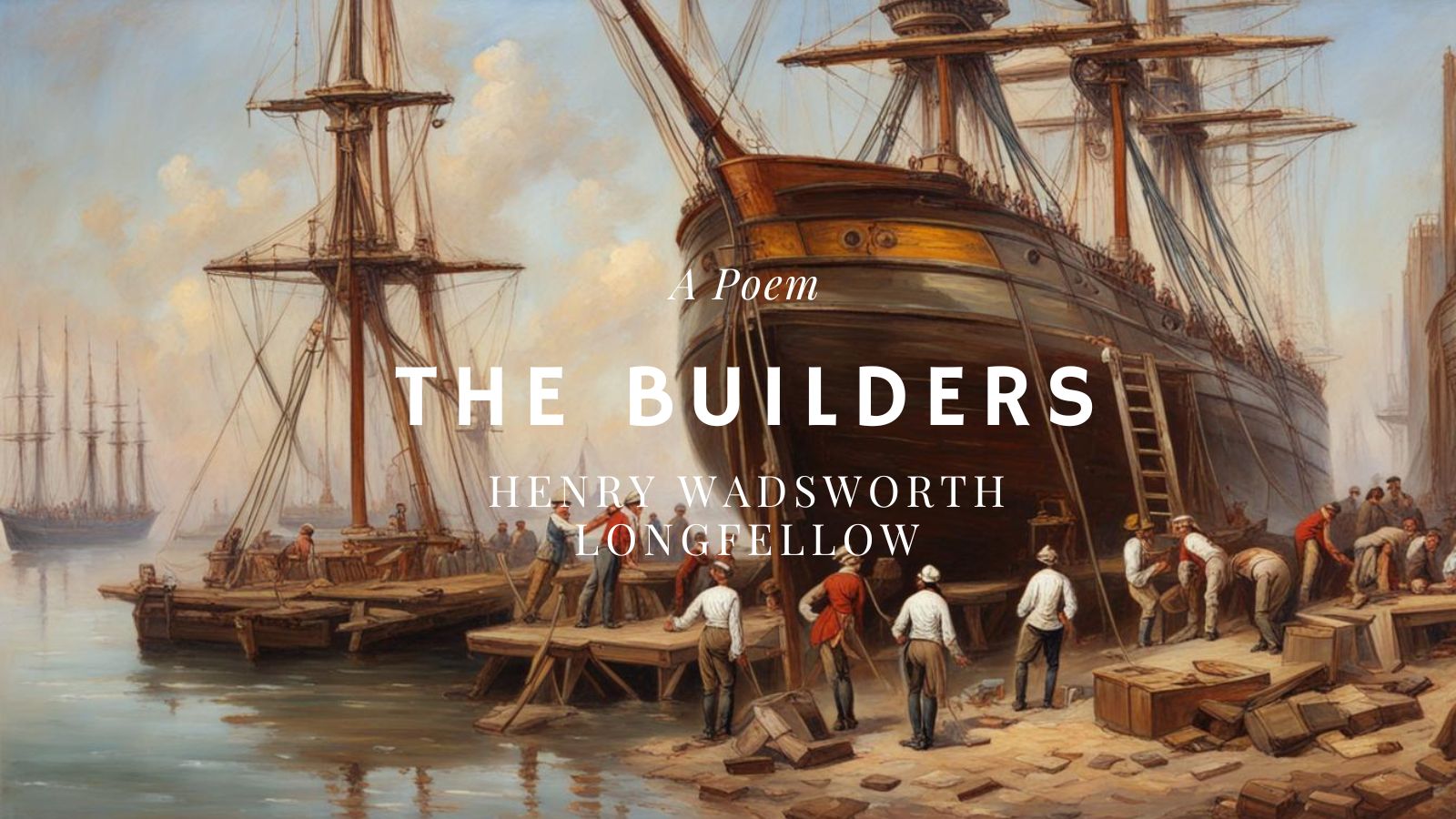It is rare for us to publish a classic poem these days. We would like to more often. Being the end of February and just coming out of a very cold spell, we are happy to see the sun. Longfellow was born in February, so it just seemed like a good idea.
Henry Wadsworth Longfellow

Henry Wadsworth Longfellow (1807-1882) was one of the most widely known and beloved American poets of the 19th century. He achieved enormous popularity for his long narrative poems that told stories of early America, including Paul Revere’s Ride (1860), The Song of Hiawatha (1855), and Evangeline (1847).
Longfellow was born in Portland, Maine in 1807. He developed an interest in writing poetry from a young age and published his first poem at age 13. He attended Bowdoin College where he excelled in languages and upon graduating at age 18 was offered a professorship to teach modern languages. After several years of teaching and traveling Europe, Longfellow accepted a position teaching modern languages and literature at Harvard University.
It was during his early years at Harvard that Longfellow began seriously focusing on his literary work, determined to become America’s first internationally recognized poet. His first poetry collections, Voices of the Night (1839) and Ballads and Other Poems (1841), were well-received and included some of his most enduring poems like “A Psalm of Life” and “The Wreck of the Hesperus.”
Longfellow first achieved widespread literary fame with Evangeline in 1847, a tragic love story set during the historical expulsion of the Acadians in Canada. The story was inspired by Longfellow’s trip to Nova Scotia several years earlier. Evangeline marked Longfellow as an important new talent and demonstrated his ability to craft lengthy, compelling narrative poems based on history and legend.
In 1854, Longfellow published The Song of Hiawatha, a long epic poem focused on the legends of the Native American hero Hiawatha. The poem became immediately popular, both for its moving depiction of Native American themes and for its musical poetic meter that was reminiscent of Finnish epic poetry.
Some of Longfellow’s most famous shorter works include “Paul Revere’s Ride” (1860), with its iconic portrayal of Paul Revere’s midnight ride warning colonists of an impending British invasion, as well as poems like “The Village Blacksmith” (1840), “The Children’s Hour” (1860), and Christmas carols like “I Heard the Bells on Christmas Day.”
Longfellow first married in 1831 to Mary Storer Potter, who died tragically in 1835. He later married Frances Appleton in 1843 and settled with their family of six children at Craigie House in Cambridge, Massachusetts. Tragedy struck again in 1861 when Frances died after her dress caught fire. In his grief, Longfellow turned more introspective in his writing and published well-known poems focused on loss and reconciliation like “The Cross of Snow” and the verse collection In the Harbor (1882).
As a literary figure, Longfellow was enormously successful during his lifetime. He used vivid, accessible language and memorable rhymes in narrative works that captured quintessential stories of early America. His body of work played a key role in shaping a developing national literature and cultural identity. By the time Longfellow died in 1882 at the age of 75, he was considered America’s preeminent poet, admired around the world for helping define an era in American poetry.
The Three Kings By Henry Wadsworth Longfellow
The Three Kings by Henry Wadsworth Longfellow Three Kings came riding from far away, Melchior and Gaspar and Baltasar; Three Wise Men out of the East were they, And they traveled by night and they slept by day, For their guide was a beautiful, wonderful star. The star was so beautiful, large and clear, That…
CHRISTMAS BELLS by Henry Wadsworth Longfellow
CHRISTMAS BELLS by Henry Wadsworth Longfellow I heard the bells on Christmas Day Their old, familiar carols play, And wild and sweet The words repeat Of peace on earth, good-will to men! And thought how, as the day had come, The belfries of all Christendom Had rolled along The unbroken song Of peace on…
The Midnight Ride of Paul Revere by Henry Wadsworth Longfellow
The Builders–Henry Wadsworth Longfellow
Henry Wadsworth Longfellow (1807-1882) was an American poet who wrote many classics including “Paul Revere’s Ride.” He is one of the most important poets in American history.



